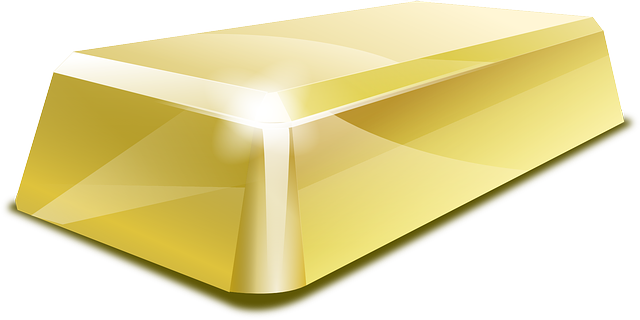The 300 Year History Of The London Gold Market

How London's Gold Market, the World's Largest, Evolved Over Time
OTC market set to begin trade reporting; futures being started
Until recently, market largely unchanged for about a century
When the precious metals industry meets in Singapore next week for an annual gathering, one of the key topics will be the coming changes to how gold (GLD) is traded in London.
A new trade-reporting service and the introduction of exchange-traded futures will be the latest developments in a market that until recently remained largely unchanged for about a century. Here’s a timeline of main events over the past 350 years, according to the London Bullion Market Association.
1676
After moving to London from Amsterdam, Moses Mocatta partners with the East India Co. to ship gold to India. The firm he built, the oldest member of London’s bullion market, has today evolved into ScotiaMocatta, part of the Bank of Nova Scotia.
1717
As master of the Royal Mint, Isaac Newton set gold at 4.75 pounds an ounce, a price which lasted two centuries. Gold costs about 1,033 pounds ($1,260) today.
1732
With gold volume rising in London, the Bank of England opened the city’s first bullion vault. By then, almost two-thirds of the world’s gold production was passing through London.
1817
The Royal Mint produced the first gold sovereigns, replacing the guinea, a coin equal to about a quarter-ounce of gold.
1871
The BOE began accepting 400-ounce bars (up from 200 ounces previously) -- the traditional size accepted globally today -- to meet demand from central banks in Europe for their reserves.
1897
The first silver (SLV) fixing took place at the London office of Sharps & Wilkins, with dealers Mocatta & Goldsmid, Pixley & Abell, and Samuel Montagu & Co. The daily process used by brokers, mining companies and jewelers to trade and set prices would remain largely unchanged for more than a century.
1919
The first gold fixing took place. Meetings were held in a wood-paneled room at N.M. Rothschild & Sons Ltd.’s offices until the process switched to a telephone conference call in 2004. Dealers who met in the room each had small Union Jack flags to signal the need to change orders.
1934
The U.S. fixed gold at $35 an ounce, with the American assay office buying large amounts of the metal at that price. London’s good delivery list, which set quality standards for gold bars, expanded to include refineries and mints in eight countries.
1985
The London Metal Exchange closed its gold futures market after just three years because of a lack of domestic investor and speculator interest.
1987
The BOE establishes the LBMA, the international trade association representing and overseeing London’s gold and silver market.
2014 and 2015
Silver became the first precious-metal fixing to move to an electronic auction after Deutsche Bank AG withdrew from the old phone system amid a pull-back from commodities. Regulatory scrutiny of how benchmarks are set intensified after traders manipulated Libor rates. Platinum, palladium (PPLT) and gold fixings were also replaced by new electronic auctions.
2016
The LME, World Gold Council and a group of banks said they’ll introduce centrally-cleared gold and silver futures in the first half of next year. Separately, the LBMA picked technology firm Boat Services Ltd. to develop a trade reporting service to boost transparency in the over-the-counter market.
Courtesy of bloomberg.com
